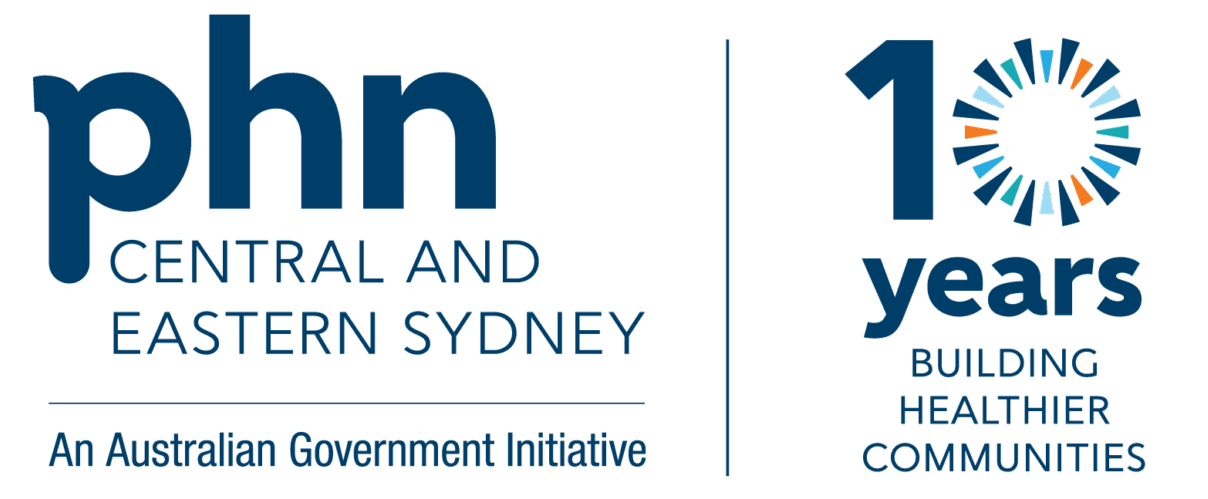Bulk Billing Practice Incentive Program payments
Bulk Billing Practice Incentive Program payments Managing Bulk Billing Practice Incentive Program (BBPIP) participation is now easier with Services Australia’s eligibility assessments. General Practices participating in BBPIP are encouraged to login to Health Professional Online Services (HPOS) to check that all doctors are linked and have current bank details added to BBPIP…








